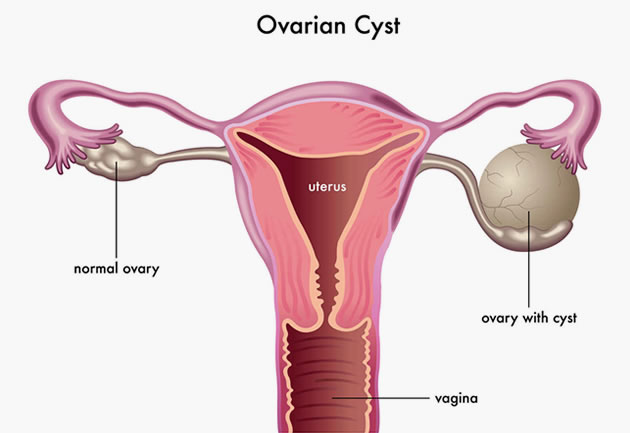
There are two main types of ovarian cysts, dermoid and fibrocystic. Fortunately, most are harmless and go away without any treatment. Symptoms of ovary cysts include pain, bloating, and twisting of the ovaries. If left untreated, they can grow larger or become cancerous. Let’s examine each of them to determine if you have one.
Dermoid and serous ovarian cysts are asymptomatic and can be treated with pain medications and a visit to the doctor. The largest cysts may require surgery to remove it. A biopsy will be required to determine if the ovarian cyst is cancerous. If a smaller cyst is found, it may be easily treated with medication. In more severe cases, a physician may recommend surgery. However, this is rarely necessary if it is a harmless, functional ovarian fibrocystic or asymptomatic follicle.
A fibrocystic ovarian cyst is a painful and unattractive growth on an ovary. It can affect a woman’s fertility and cause discomfort for her. It may be painful, bleed, and require medical attention. Ovary cysts are the most common type of fibrocystic ovary adenomas. Some women experience a painful or even life-threatening ovarian cyst.
A functional ovarian cyst is the most common type of fibrocystic ovarian cyst. This type develops when the ovary produces estrogen, while women who do not produce estrogen are more likely to develop it. Also, functional ovarian cysts are smaller than fibrocystic ovarian cysts. Typically, these follicular fibrocystic ovarian adenomas are less than two inches in diameter.
The size of a fibrocystic ovarian cyst depends on the underlying causes. Typically, a fibrocystic cyst does not grow to the size of a dermoid fibroma, but it is usually larger than a functional fibrocystic fibroma. Site https://www.chocolatefactory.co.th/ reminds that ovarian cytology tests are necessary to determine the type of ovarian fibrocystic tumor, since they can reveal many signs and facilitate diagnosis.
A functional cyst is the most common type of ovarian cyst. This type of cyst forms when the egg does not develop and the sac closes. It is usually harmless and goes away on its own within a few weeks. If this causes a blockage in the blood supply to the ovary, it may cause symptoms. If it splits or becomes too large, it can lead to other complications, including infection.
A functional ovarian cyst is the most common type of ovarian cyst and most often occurs during a woman’s menstrual cycle. Other types of ovarian cysts are cancerous or triggered by hormonal conditions. Ovary cysts are more common during the reproductive years and are less common after menopause. While most of these types of ovarian cysts are benign, there are some that may require treatment. A doctor will need to examine the patient’s pelvic region to determine if the condition is causing her pain.
Most ovarian cysts are functional. This means they form when eggs are stored in the ovary. The sac releases the egg when the egg is ready, and the cyst dissolves. A dermoid cyst, on the other hand, forms when the sac fails to release an ovum. The sac is usually closed after releasing an egg, and it will disappear on its own within a few weeks. The simplest type of ovarian cyst is a dermoid cyst, which develops when the cells producing eggs do not release an egg.
Functional ovarian cysts are most common and may be asymptomatic. They do not have any symptoms but are not a sign of disease. They are harmless and usually shrink on their own. Ovary cysts are often quite painful. Luckily, most are small and do not require treatment. If the size of a cyst is bigger than two inches, a doctor may perform surgery to remove it. A doctor can determine the type of ovarian cyst that is present on your ovaries.
Depending on the size of your cyst, you may be able to get pregnant with it if the cyst is smaller than the size of the ovary. Some are also cancerous. In this case, your doctor will remove the cyst. It is important to get the right diagnosis, as a small ovarian cyst can be the cause of life-threatening hemorrhaging. You will want to see a doctor for a diagnosis of any ovarian cyst that is too large to be removed.